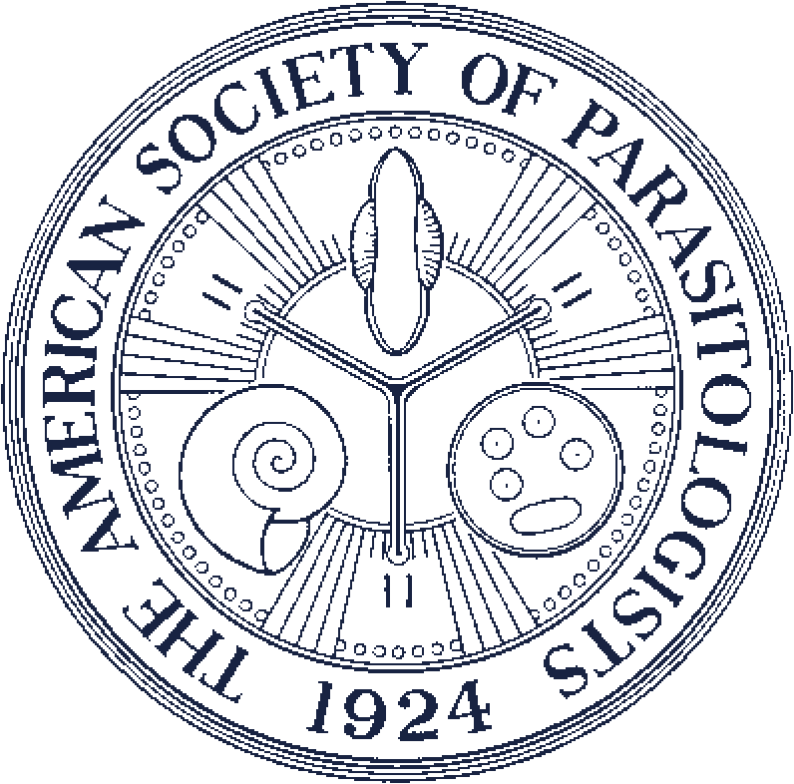Blood Parasites in Nestlings of Wood Stork Populations from Three Regions of the American Continent
This study documents the prevalences and lineages of hemoparasites in wood stork nestlings from 3 regions of the American continent: southeastern United States (n = 90), northern Brazil (n = 74), and central-western Brazil (n = 125). Identification was based on PCR amplification of a mitochondrial small subunit ribosomal RNA gene. A fragment of the hemoparasite cytochrome B gene in infected individuals was utilized for Bayesian phylogenetic analysis. Four wood stork nestlings were infected by Haemoproteus, 1 from northern Brazil and 3 from the United States, and all shared the same haplotype. Morphological analysis confirmed the infection of the U.S. birds by Haemoproteus. Infection by Plasmodium was found in wood stork nestlings from northern (6) and central-western Brazil (14). Five Plasmodium lineages (MYCAMP1–2, and MYCAMP4–6) were found in the Brazilian central-western region and 3 Plasmodium lineages (MYCAMP2–3, and MYCAMP7) were found in the northern region. The most prevalent haplotype (MYCAMP2) differs from the others by 1 mutation, and the less prevalent haplotypes are derived from MYCAMP2. We did not find Plasmodium or Haemoproteus in nestlings younger than 15 and 30 days old, respectively. This is the first documentation of Plasmodium and Haemoproteus infection in wood storks in Brazilian breeding populations. Potential connectivity among wood stork populations was indirectly supported by the presence of identical Haemoproteus lineages in U.S. and northern Brazilian populations, and by the presence of identical Plasmodium haplotypes in the northern and central-western Brazilian populations.Abstract:

Bayesian phylogeny of lineages of Plasmodium and Haemoproteus obtained in this study (MYCAMP1–7, MYCAMH1) and from published sequences of mitochondrial cytochrome b gene. CA: Central America, NA: North America, SA: South America.

Erythrocytes infected with Haemoproteus in a U.S. sample that showed haplotype MYCAMH1.

Infection rate of wood stork nestlings in areas of occurrence versus nestlings' age. (A) Number of individuals infected by Haemoproteus (from the southeastern United States and northern Brazil, n = 199) versus age. (B) Number of individuals infected by Plasmodium against age (from northern and central-western Brazil, n = 164 versus age.
Contributor Notes
